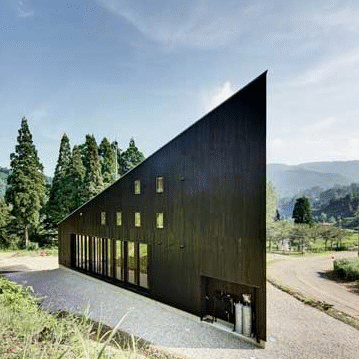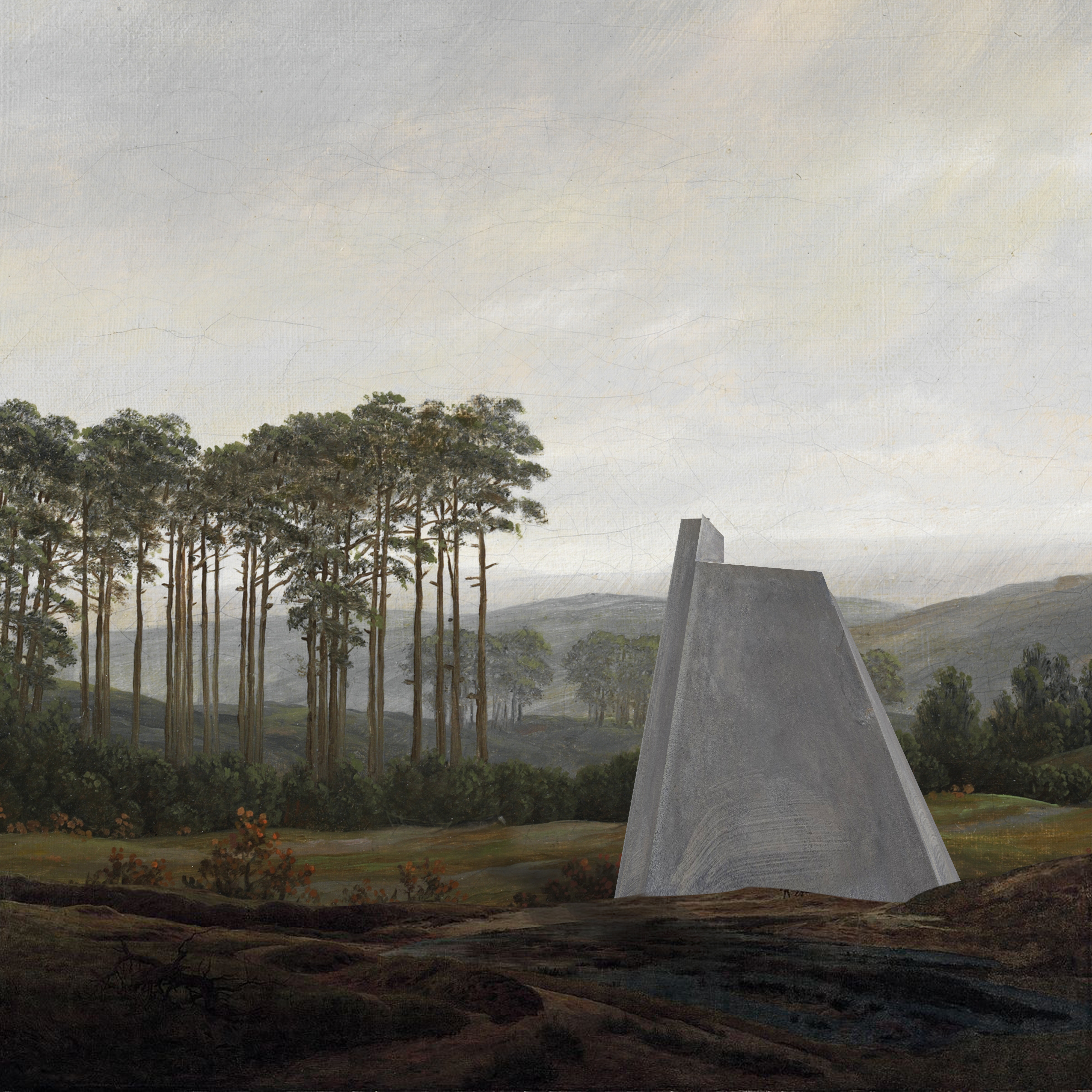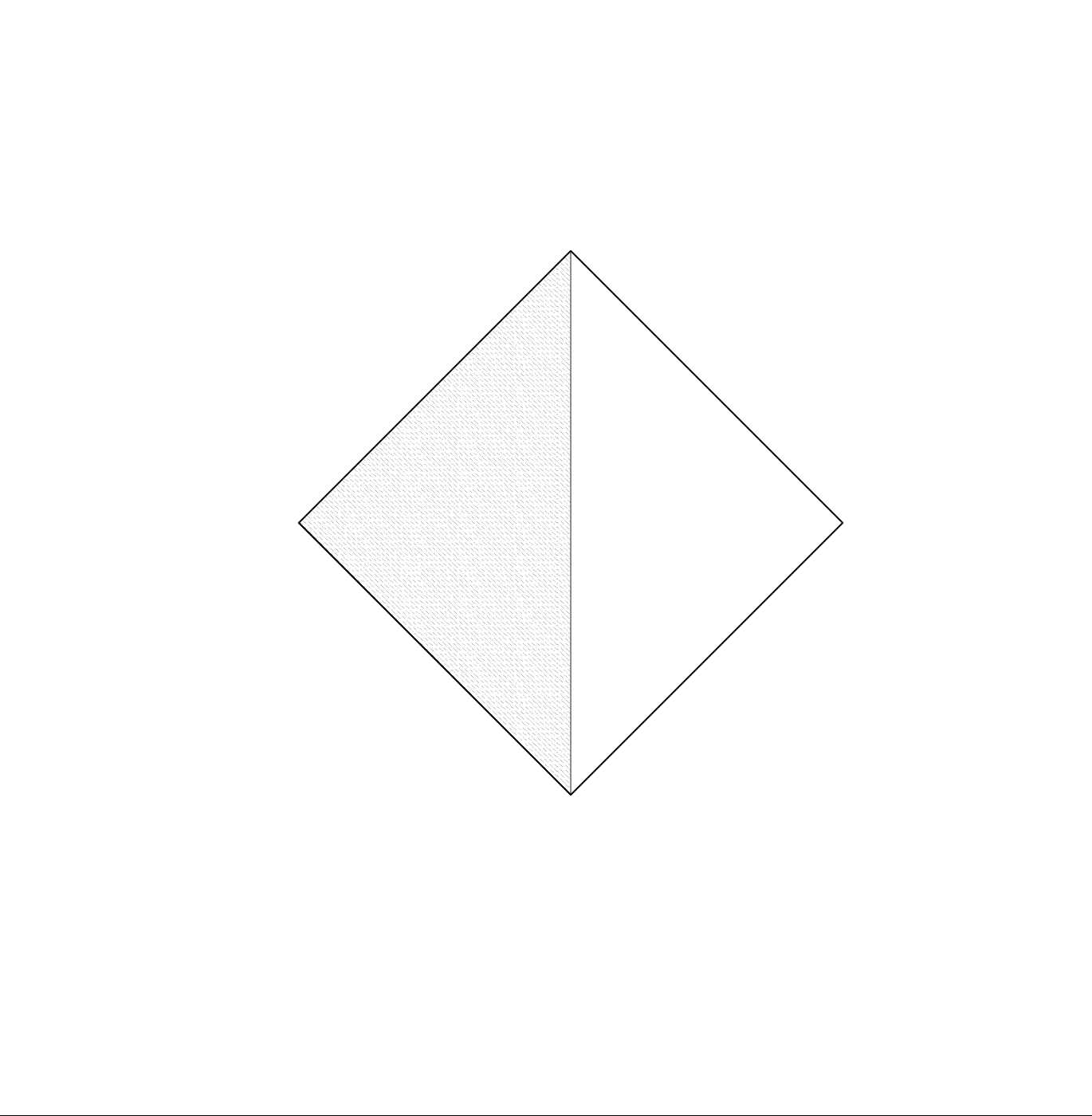Pyramids
Pyramidical structures
are thought of as a three-dimensional structure or monument, usually with
triangular, sloping sides that converge to a point. The base can be any polygon
shape, most commonly triangular and quadrilateral. However, pyramidical structures
can be thought of as layered structures that converge to a point.
While Egypt is
attributed primarily with the creation of the pyramids, Mesopotamia had
structures known as ziggurats that set the tone for pyramids. While not in a
triangular shape (as we know it today), the structures were the beginning of
the pyramids' base. These mud-brick structures found in Mesopotamia continued
to be used by the Greeks and Romans. The Egyptian pyramids were used as royal
tombs and were perceived as places where the deceased's spirit would ascend.
The spirit would leave through the top point of the pyramid and travel to the
after life towards the Field of Reeds. In some circumstances, the peak of the
pyramid could beacon the soul back to earth. It is often overlooked that
initially, simple mastaba structures (rectangular superstructures) were used
for both royalty and the common people. It was not until the Early Dynastic
Period where, under Djoser's reign, they attempted to build mastaba structures
on top of each other in decreasing size. This resulted in the first
pyramid-like structures of Egypt. However, it would not be until the Fourth
Dynasty when the first pyramid structure we are familiar with would be built.
These pyramids contained a simple exterior with a highly decorated and
elaborate interior.
The towering
phenomenon of what seems to be the first skyscrapers still captures human
beings' attention across the world. Pyramids have deep roots throughout
history, which only further enhances their allure. Even as time has passed,
human beings are still drawn to the pyramid form due to its potential.
Human beings have always wanted to push the limit to what is physically
possible; the pyramid is a perfect reflection of this because it shows the
initial ambition to build a structure that was an architectural challenge. The
simplicity of the form allows humans to appreciate its geometry while also be
challenged by its polygon base. This challenge to build something new and
powerful off a traditional base that allows for multiple sides leaves the door
open for wild interpretation and it is this provocation that prevent humans
from abandoning this structure.

















